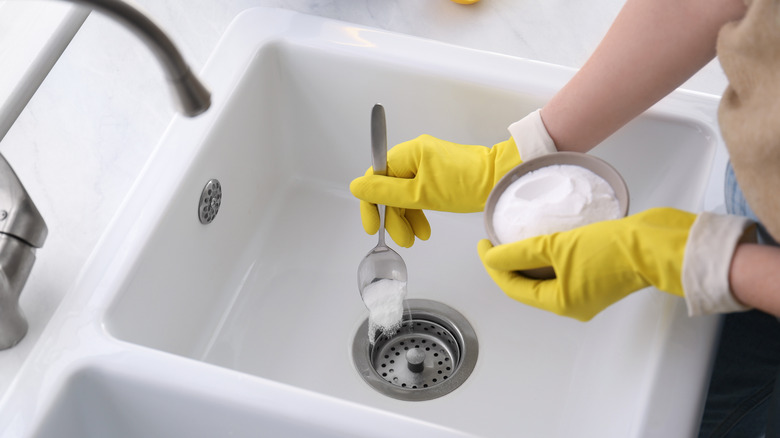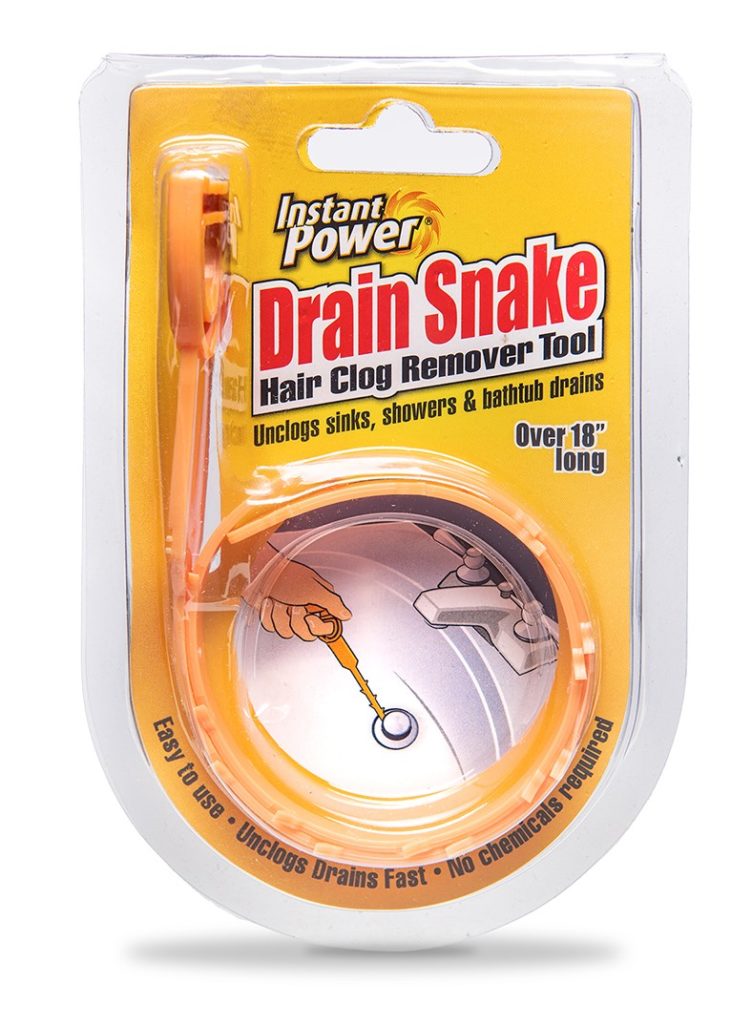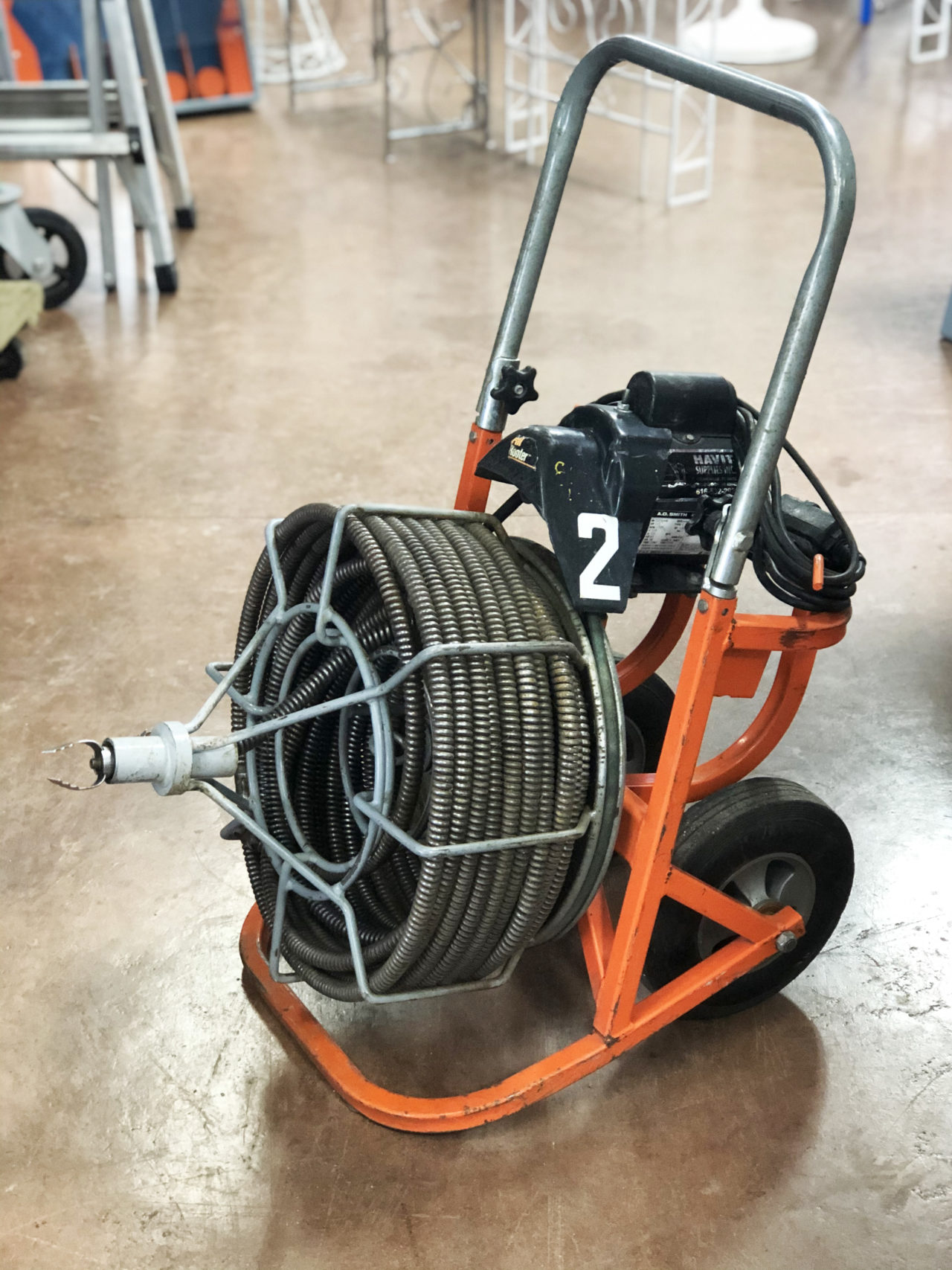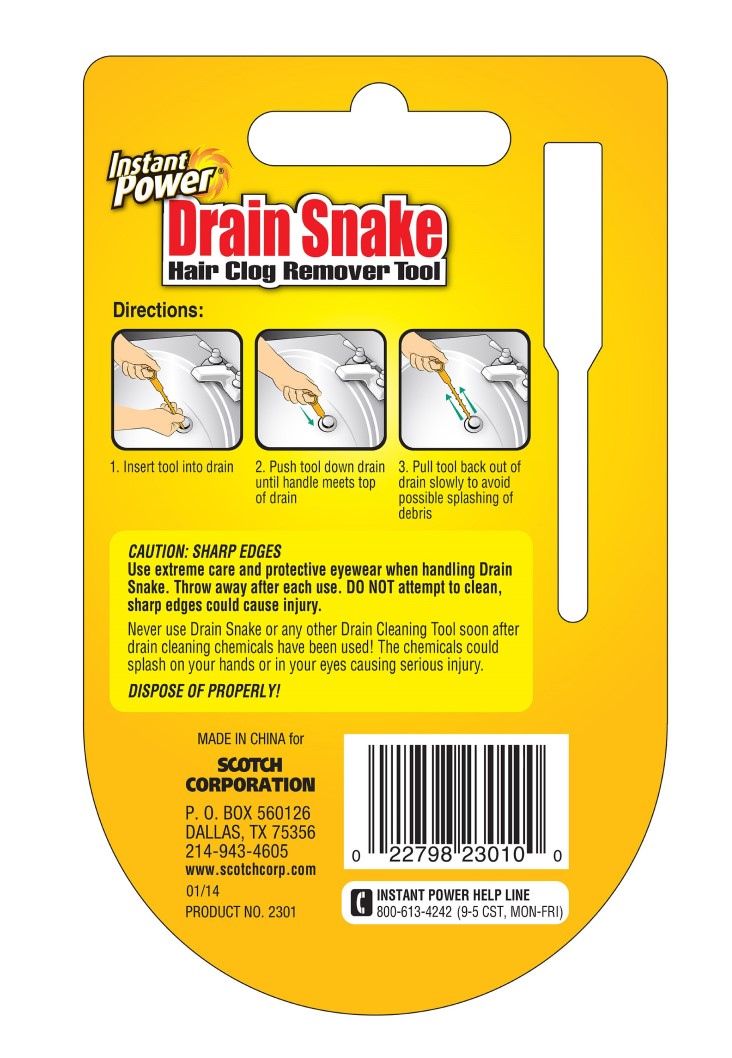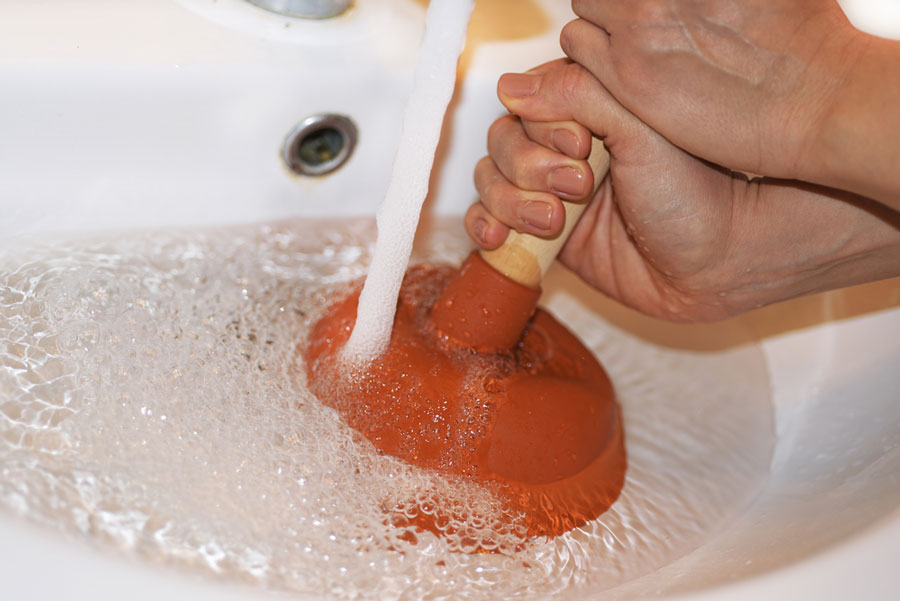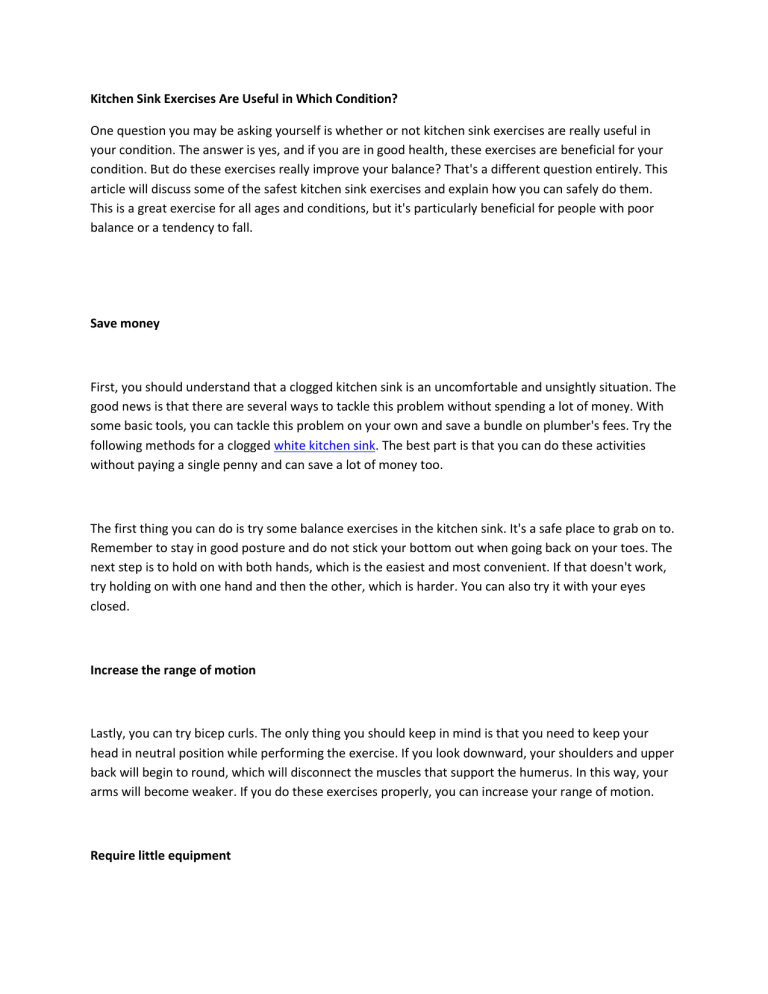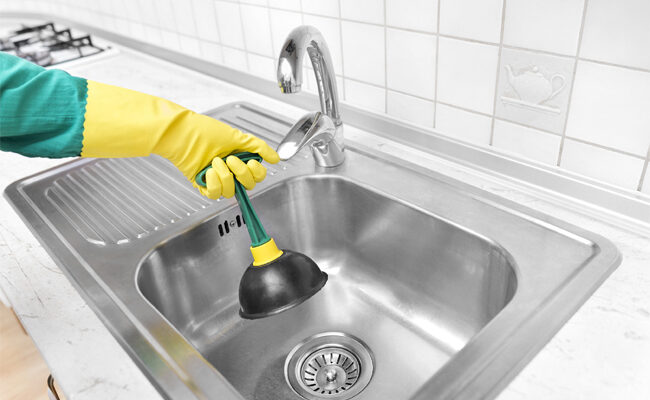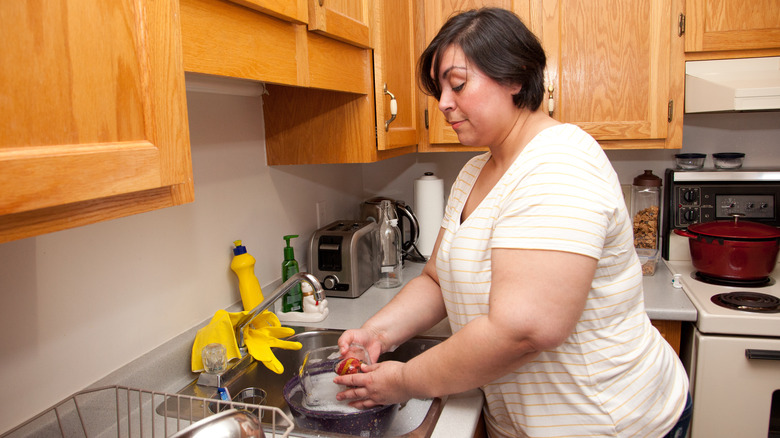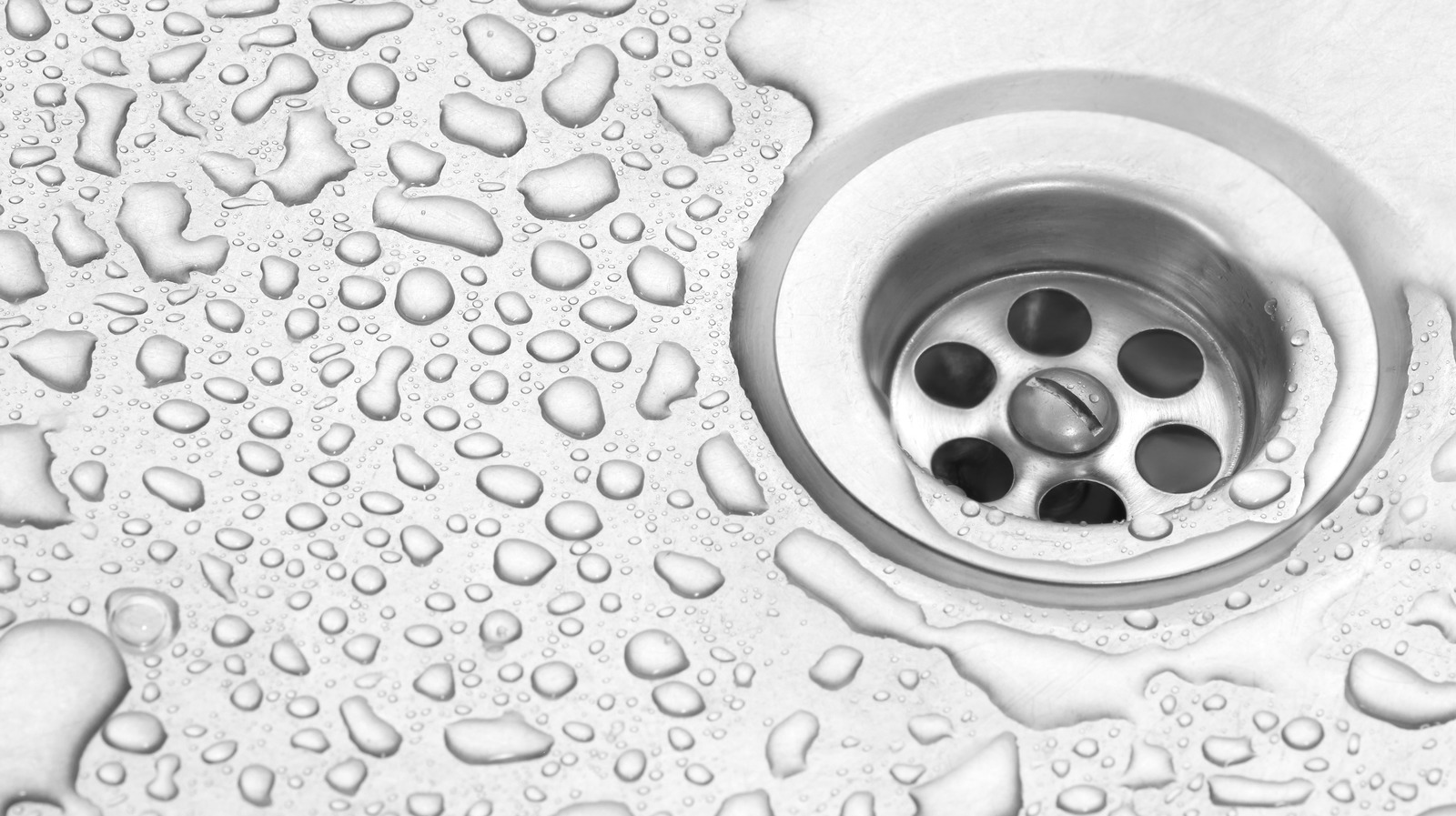1. How to Unclog a Non-Draining Kitchen Sink
Dealing with a clogged kitchen sink can be a frustrating experience. Not only does it disrupt your daily routine, but it can also lead to unpleasant odors and potential damage to your plumbing system. Luckily, unclogging a non-draining kitchen sink is a task that can be easily tackled with the right knowledge and tools.
Whether you prefer DIY methods or want to call in a professional, we've got you covered. In this article, we'll discuss the top 10 ways to unclog a non-draining kitchen sink and get your sink back to working order in no time.
2. DIY Methods for Unclogging a Kitchen Sink
If you're someone who likes to take matters into your own hands, there are several DIY methods you can try to unclog your kitchen sink. The first step is to determine the cause of the clog. Is it food particles, grease buildup, or something else? Once you have identified the problem, you can choose the most suitable method to clear the clog.
One popular DIY method is using a mixture of baking soda and vinegar. Simply pour a cup of baking soda down the drain, followed by a cup of vinegar. Let the mixture sit for about 15 minutes, then pour boiling water down the drain to flush out the clog.
3. Simple Tricks to Clear a Clogged Kitchen Sink
If you don't have baking soda or vinegar on hand, there are a few other simple tricks you can try to clear a clogged kitchen sink. One method is to use a plunger. Place the plunger over the drain and create a seal. Then, push and pull the plunger to create suction and dislodge the clog.
Another trick is to use a wire hanger to manually remove the clog. Straighten out the hanger and create a small hook at the end. Carefully insert the hanger into the drain and use the hook to pull out any debris that may be causing the clog.
4. Unclogging a Kitchen Sink Without Harsh Chemicals
Many store-bought drain cleaners contain harsh chemicals that can cause damage to your pipes and may not be environmentally friendly. However, there are natural alternatives you can use to unclog your kitchen sink without resorting to these harsh chemicals.
One option is to use a combination of salt, baking soda, and hot water. Mix a cup of salt and a cup of baking soda, then pour the mixture down the drain. Follow it up with a pot of boiling water to help break down the clog.
5. Using a Plunger to Unclog a Kitchen Sink
As mentioned earlier, a plunger can be an effective tool for unclogging a kitchen sink. It works by creating suction and pressure to dislodge the clog. However, it's important to use the right type of plunger for a kitchen sink. A flat-bottomed plunger, also known as a cup plunger, is the best choice for sinks as it can create a proper seal over the drain.
When using a plunger, make sure to cover the overflow opening with a damp cloth or tape to ensure proper suction. Also, be sure to use a quick, forceful motion when plunging for the best results.
6. Baking Soda and Vinegar: A Natural Solution for a Clogged Kitchen Sink
As mentioned earlier, a mixture of baking soda and vinegar can be an effective way to clear a clogged kitchen sink. This natural solution works by creating a chemical reaction that helps break down the clog. Additionally, baking soda and vinegar are safe for your pipes and the environment.
To use this method, pour a cup of baking soda down the drain, followed by a cup of vinegar. Let it sit for about 15 minutes, then pour boiling water down the drain to flush out the clog.
7. How to Use a Drain Snake to Unclog a Kitchen Sink
If the clog in your kitchen sink is particularly stubborn, a drain snake may be your best bet. A drain snake, also known as an auger, is a long, flexible tool that can reach deep into your pipes to break up and remove clogs.
To use a drain snake, insert the end of the tool into the drain and rotate the handle. This will help break up the clog and allow you to pull it out. Drain snakes can be purchased at most hardware stores, or you can rent one from a home improvement store.
8. Tips for Preventing a Clogged Kitchen Sink
Prevention is always better than cure, and this applies to clogged kitchen sinks as well. By following a few simple tips, you can help prevent clogs from occurring in the first place.
One important tip is to never pour grease or oil down the drain. Instead, pour it into a container and dispose of it in the trash. You should also avoid putting food scraps, coffee grounds, and other solids down the drain. Using a drain cover can also help prevent debris from getting into your pipes and causing a clog.
9. Professional Methods for Unclogging a Kitchen Sink
If all else fails, it may be time to call in a professional plumber to unclog your kitchen sink. A plumber will have access to specialized tools and equipment, such as a hydro jet or motorized drain snake, to effectively clear the clog.
Additionally, a plumber can also inspect your pipes and identify any underlying issues that may be causing repeated clogs. This can save you time and money in the long run by addressing the root cause of the problem.
10. Troubleshooting a Persistent Clog in Your Kitchen Sink
If you have tried all the methods mentioned above and your kitchen sink is still not draining properly, it may be a sign of a more serious issue. A persistent clog may indicate a larger blockage in your main sewer line, which will require professional help to fix.
In this case, it's best to contact a plumber who can use specialized tools, such as a sewer camera, to diagnose and fix the issue. They can also provide advice on how to prevent future clogs and keep your kitchen sink functioning properly.
In conclusion, unclogging a non-draining kitchen sink may seem like a daunting task, but by following these top 10 methods, you can quickly and effectively clear the clog and get your sink back to working order. Remember to always take proper precautions and use the right tools for the best results. And for persistent or more serious clogs, don't hesitate to call in a professional for assistance.
Why is My Kitchen Sink Not Draining?

There's nothing more frustrating than a kitchen sink that won't drain. Not only does it make a mess, but it also disrupts your daily routine and can lead to unpleasant odors. If you've noticed that your sink is not draining properly, there could be a few different reasons for this issue. Here are some common causes and solutions for a clogged kitchen sink.
Grease and Food Build-Up

One of the most common reasons for a kitchen sink not draining is the build-up of grease and food particles. Over time, these substances can accumulate in the pipes and create a blockage, preventing water from flowing freely. To avoid this issue, make sure to properly dispose of grease and food scraps by throwing them in the trash or compost bin instead of down the sink.
Pro Tip: To prevent grease from solidifying in your pipes, run hot water down the drain after each use.
Foreign Objects
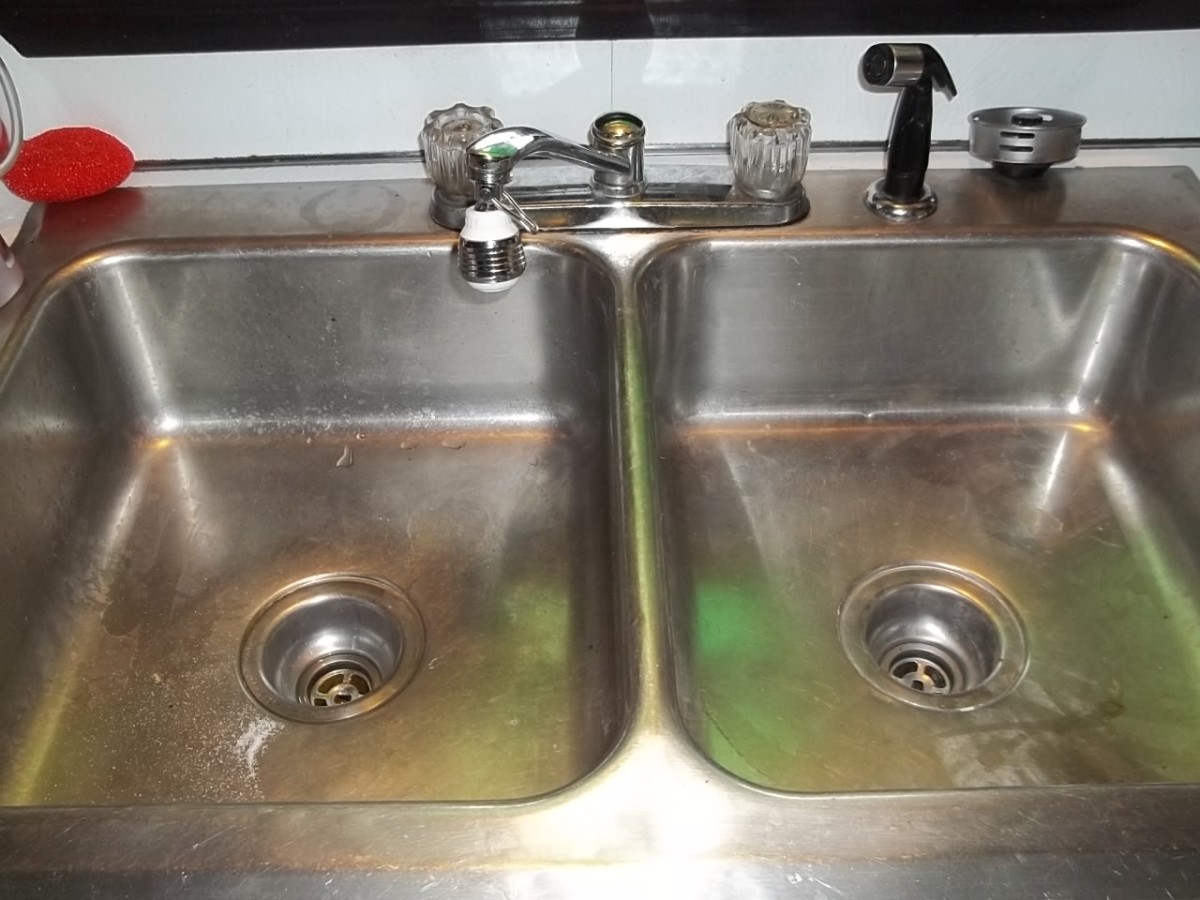
Another culprit for a clogged kitchen sink is foreign objects getting stuck in the pipes. This could be anything from a utensil accidentally falling down the drain to a child's toy. These objects can create a blockage and prevent water from draining. If you suspect that there may be a foreign object causing the clog, try using a plunger or plumber's snake to dislodge it. If that doesn't work, you may need to call a professional plumber.
Broken or Misaligned Pipes

In some cases, the issue may not be a clog at all, but instead, a broken or misaligned pipe. This can occur due to old age, corrosion, or shifting of the pipes. If you have an older home, it's not uncommon for pipes to become damaged over time. In this case, it's best to call a plumber to assess the situation and make any necessary repairs.
How to Unclog a Non-Draining Kitchen Sink

Now that we've covered some common causes of a clogged kitchen sink, let's discuss how to fix the issue. Here are a few simple steps to unclog a non-draining kitchen sink:
Step 1: Boil Water

Start by boiling a pot of water on the stove. This will help to loosen any grease or food particles that may be causing the blockage.
Step 2: Pour Hot Water Down the Drain
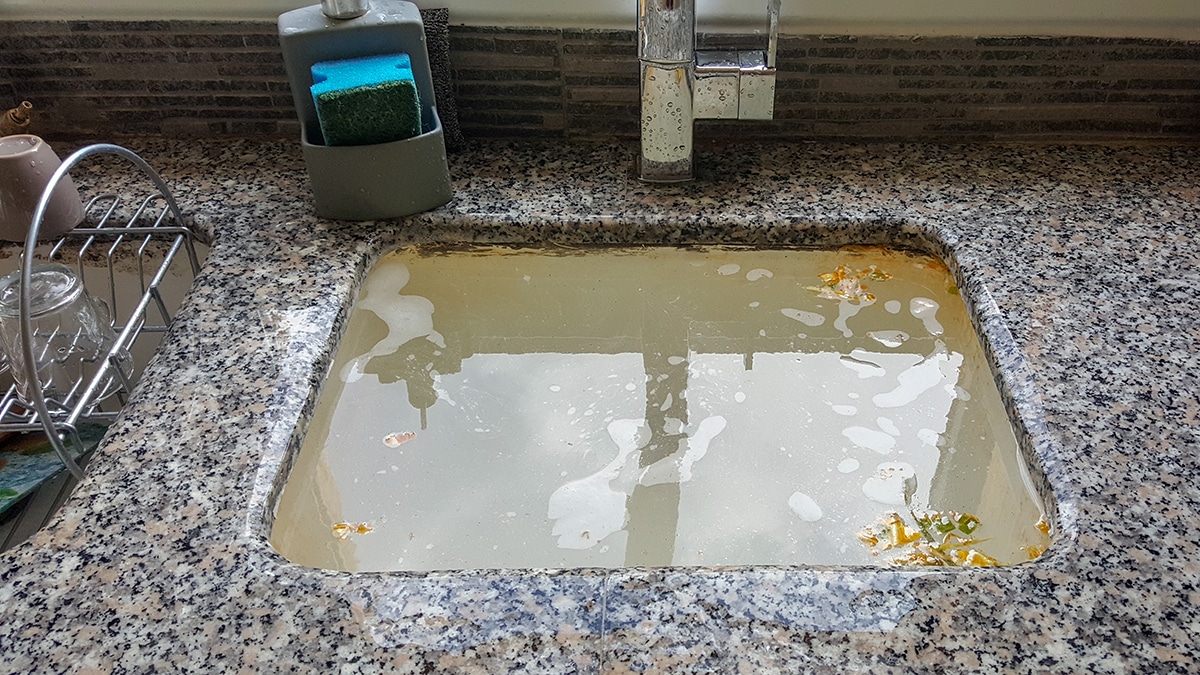
Carefully pour the hot water down the drain and let it sit for a few minutes. This will help to break down any build-up and hopefully clear the clog.
Step 3: Use a Plunger

If the hot water doesn't do the trick, try using a plunger to dislodge the clog. Place the plunger over the drain and push down and up rapidly to create suction. This should help to loosen and remove the blockage.
Step 4: Try a Plumber's Snake
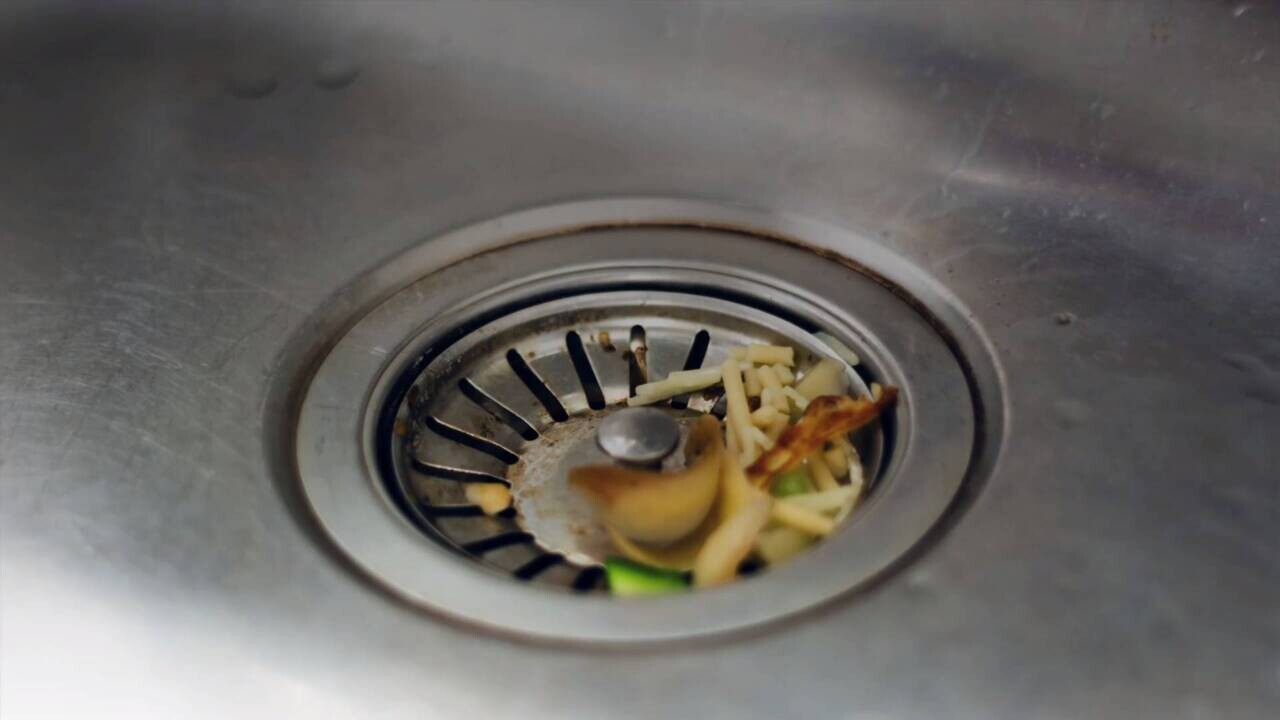
If the plunger doesn't work, you can also try using a plumber's snake. This tool is designed to reach deep into the pipes and remove any debris or objects that may be causing the clog.
Step 5: Call a Professional
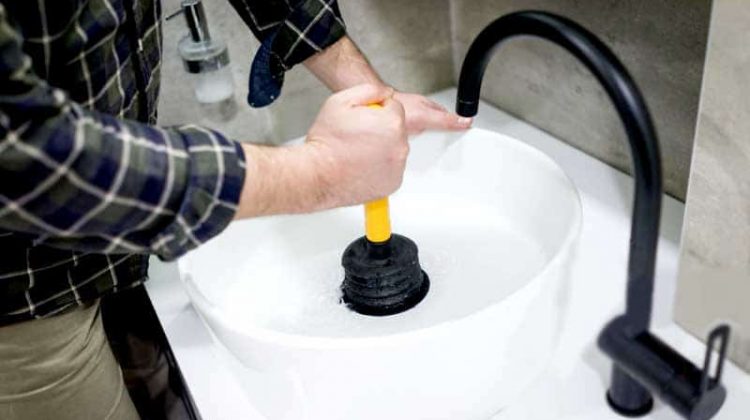
If none of these methods work, it's best to call a professional plumber. They have the necessary tools and expertise to handle even the toughest clogs and can also identify any underlying issues that may be causing the problem.
Dealing with a clogged kitchen sink can be frustrating, but with these tips, you should be able to unclog it in no time. Remember to always properly dispose of grease and food scraps and perform regular maintenance to prevent future clogs. And if all else fails, don't hesitate to call a professional for assistance.















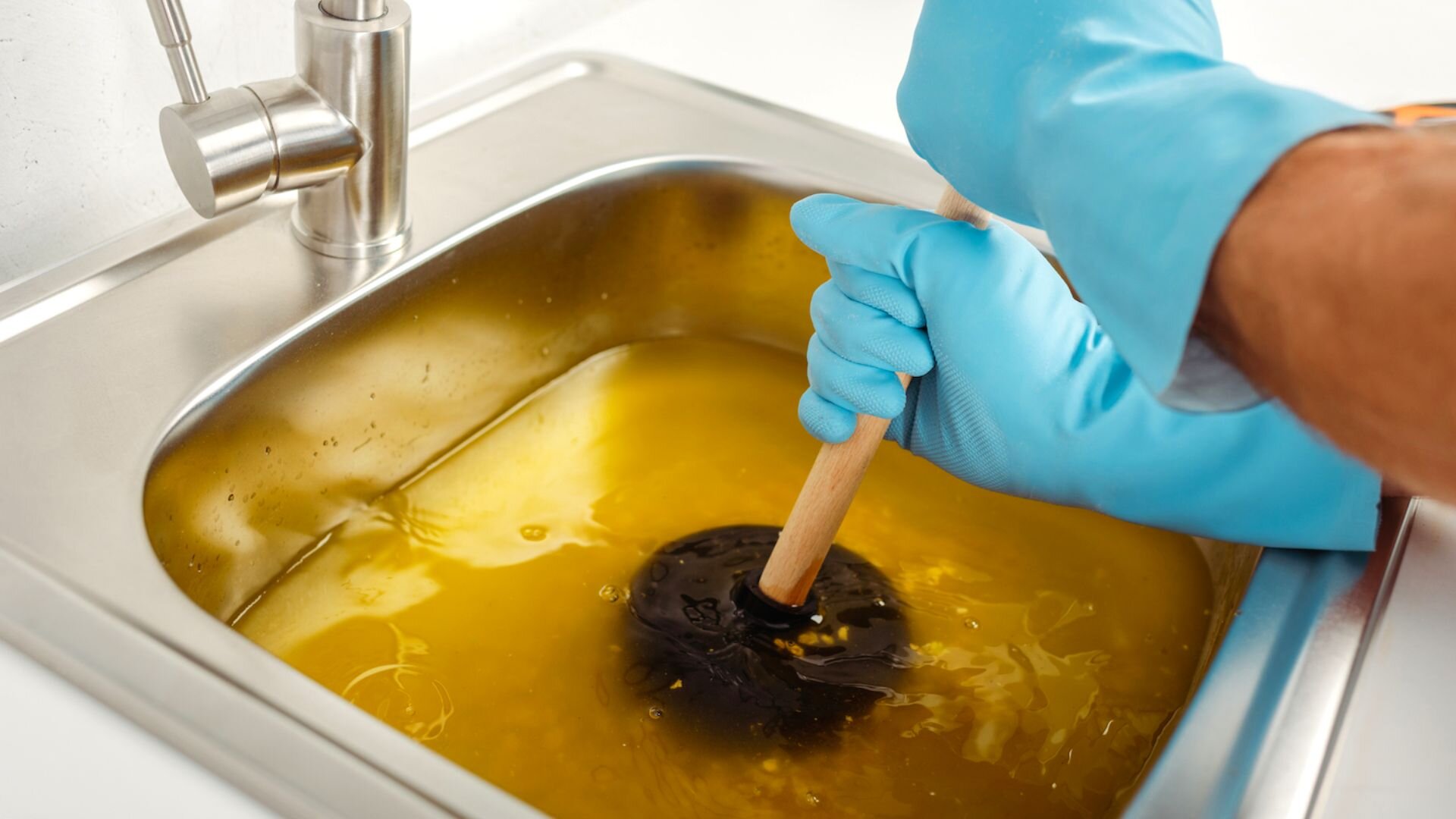

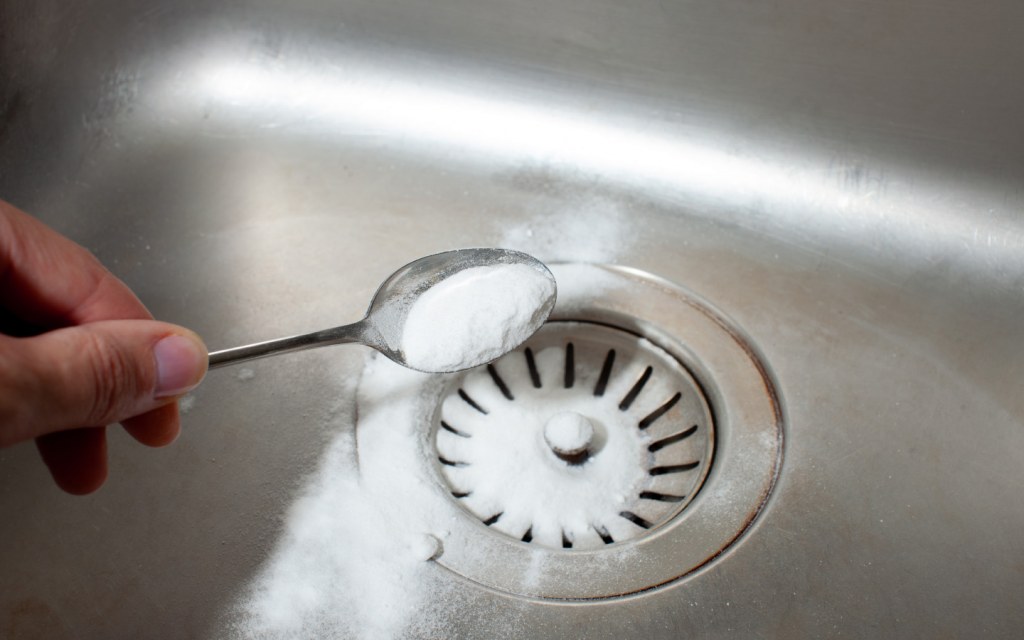






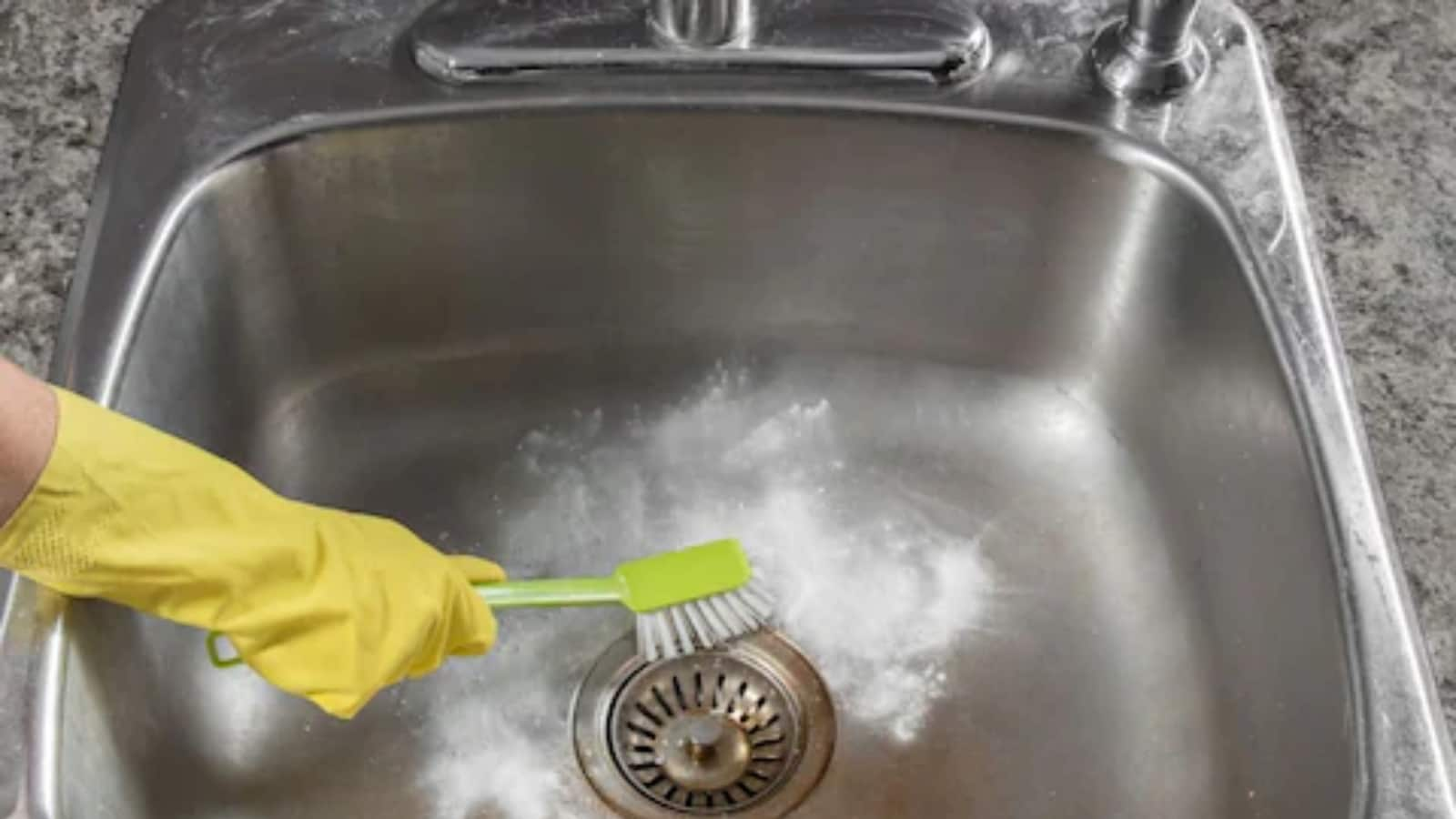



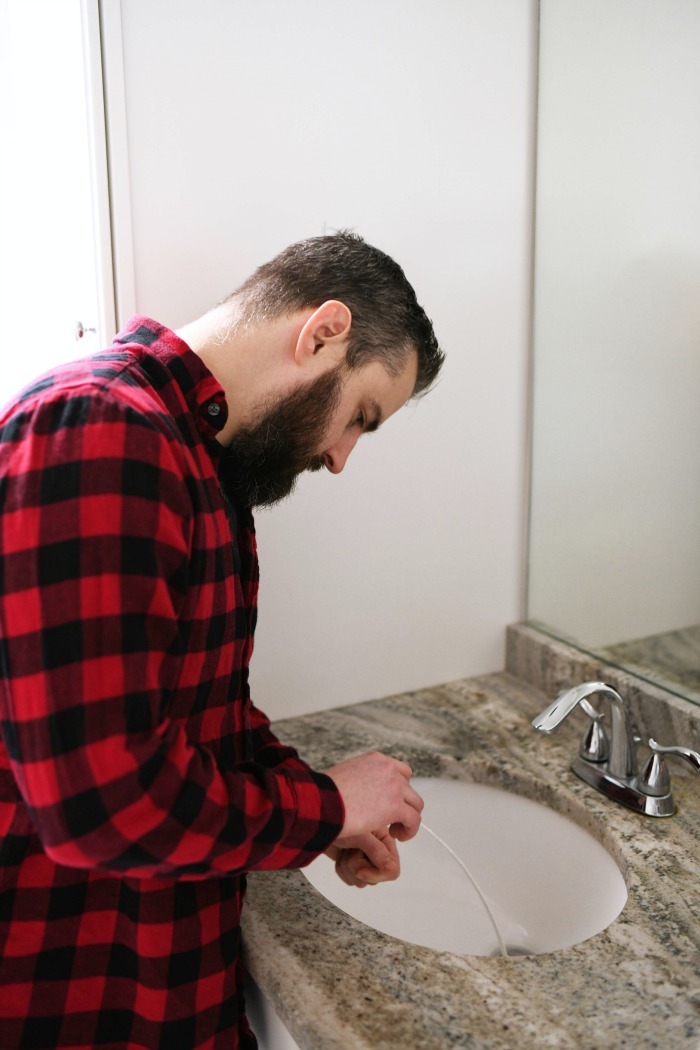

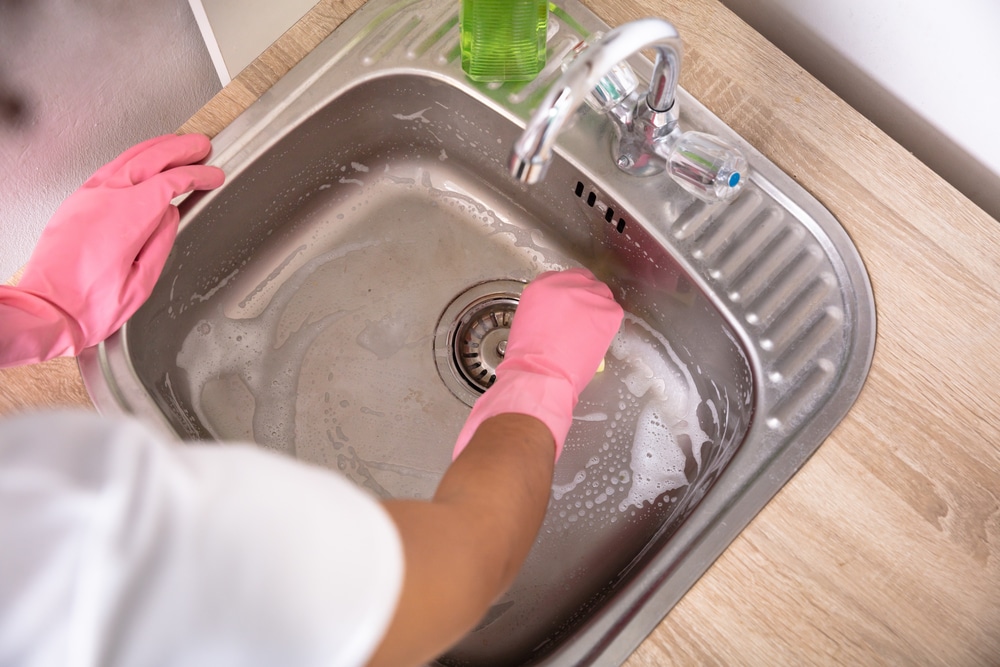


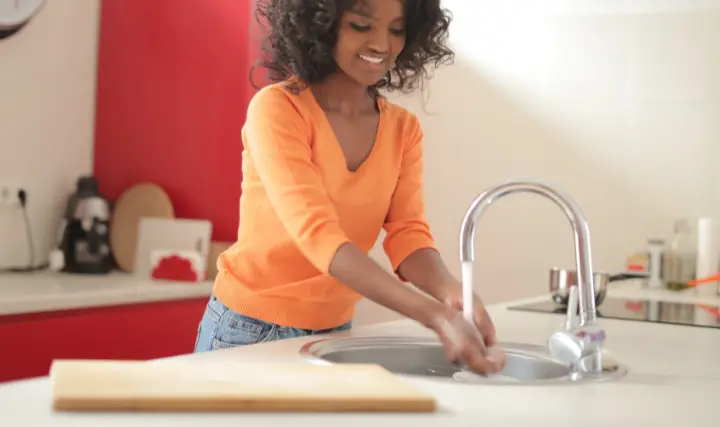



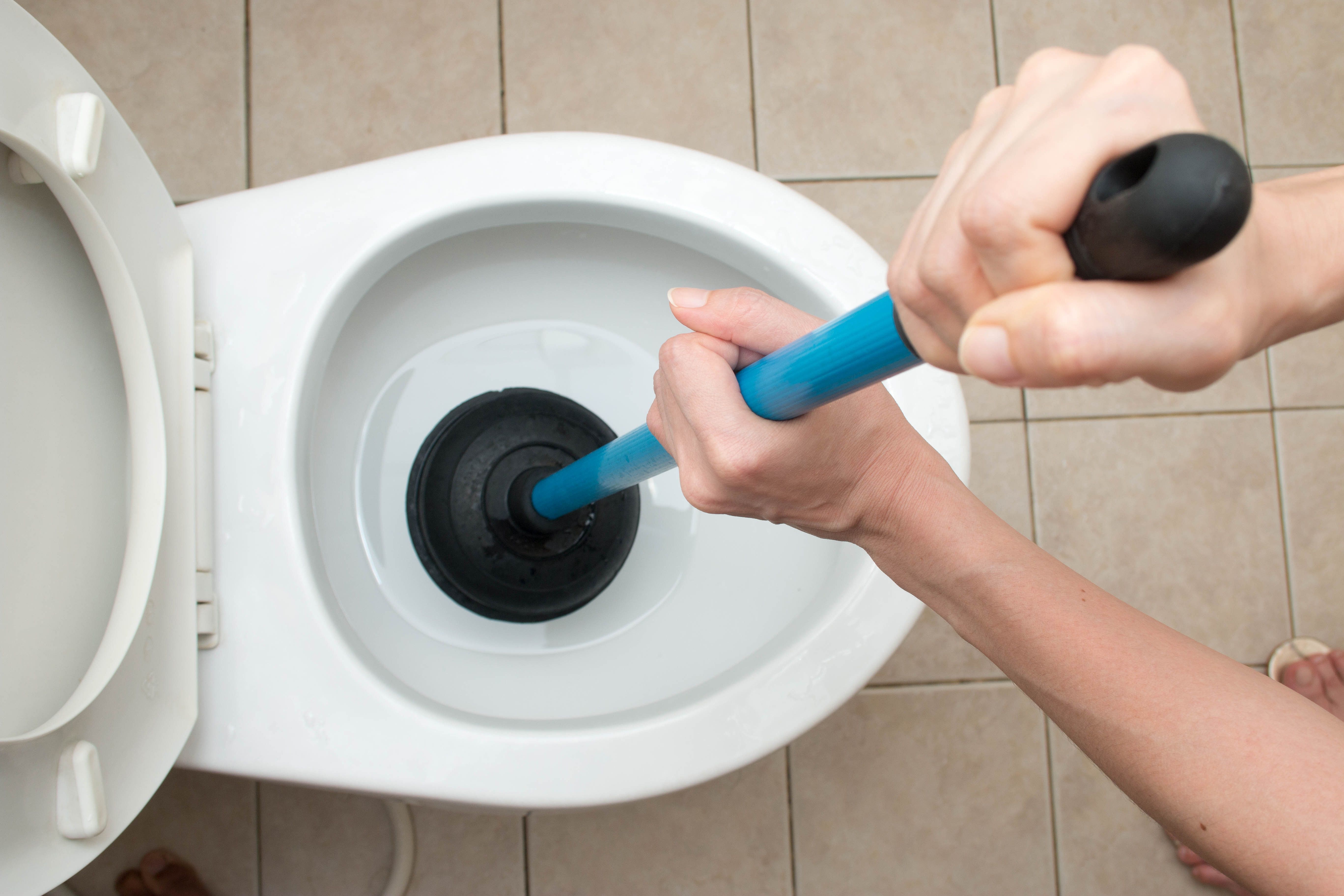

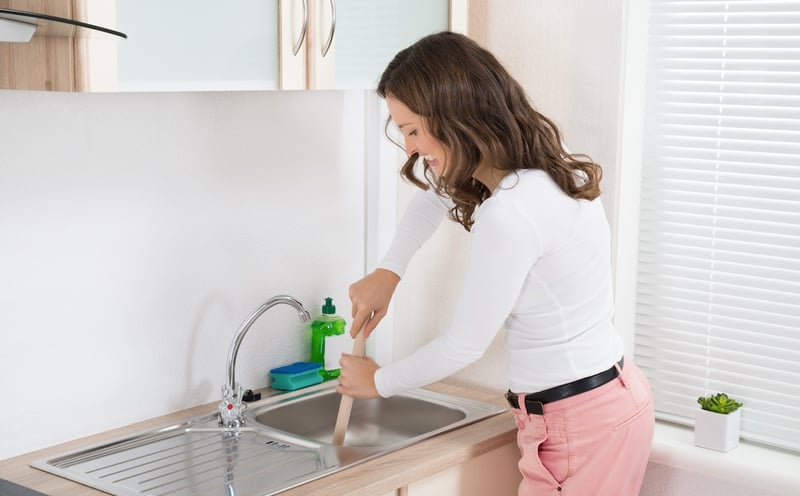






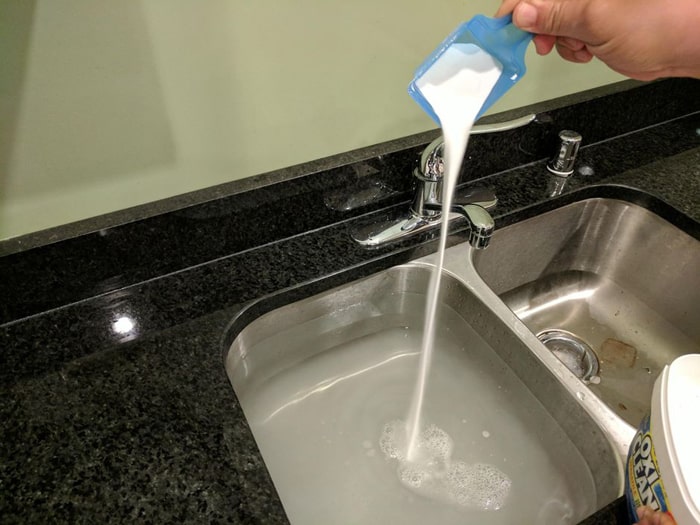
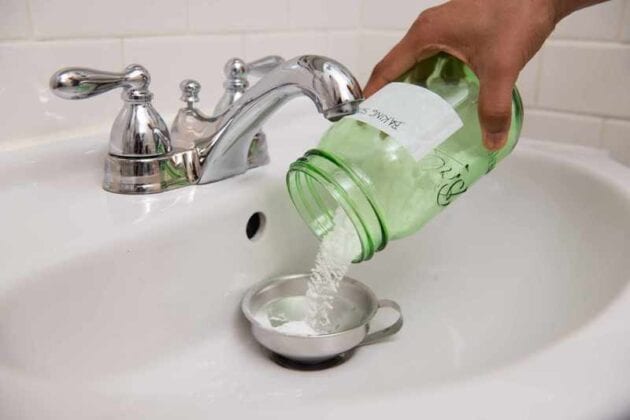
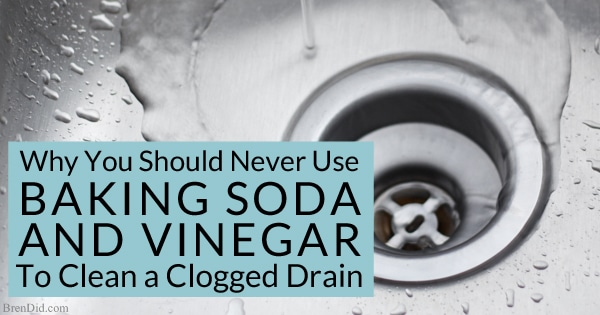
:max_bytes(150000):strip_icc()/freshen-and-unclog-drain-with-baking-soda-1900466-22-bbf940b70afa4d5abef0c54da23b1d3f.jpg)
